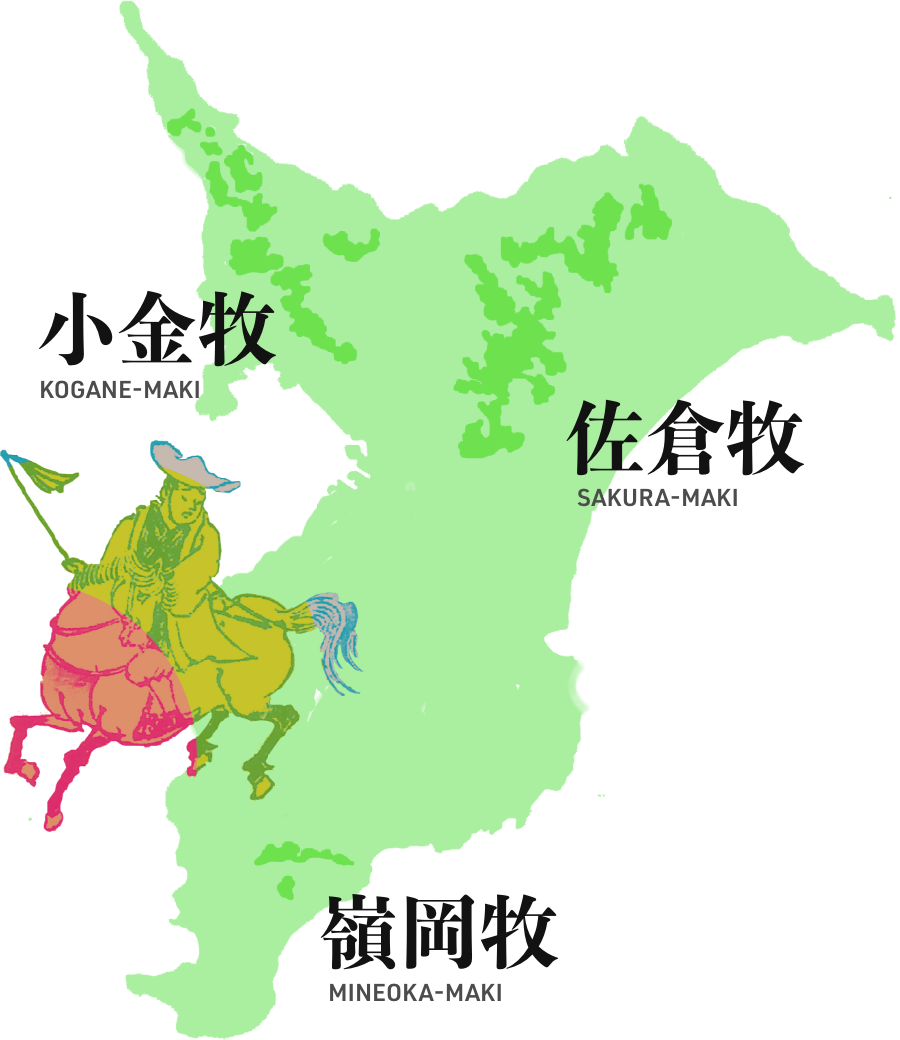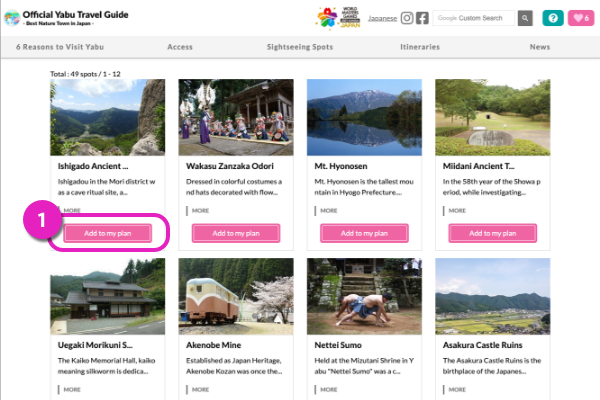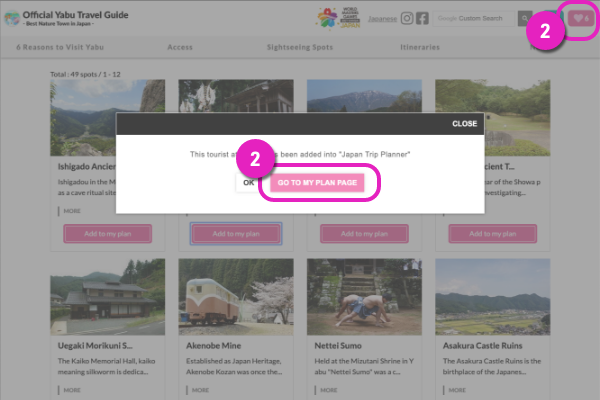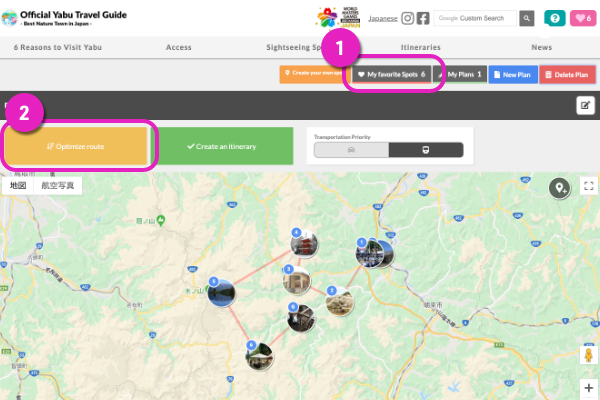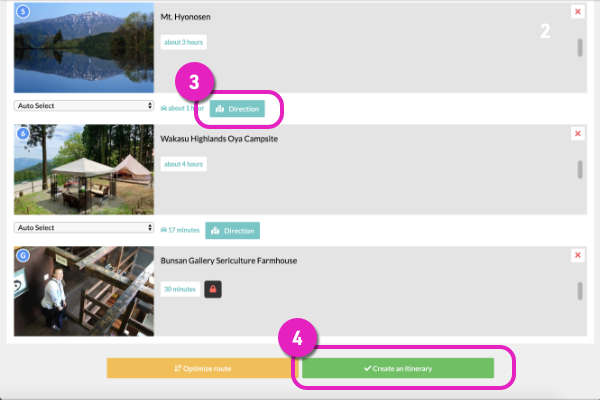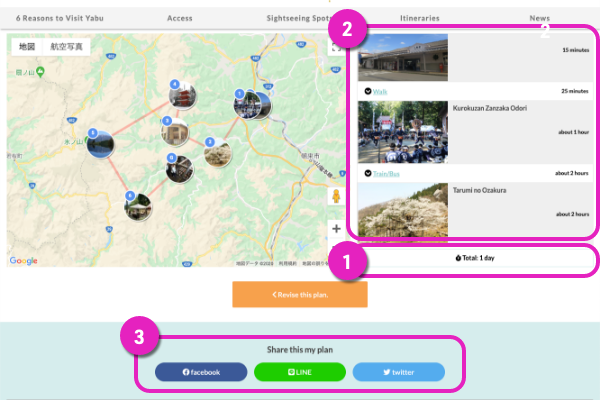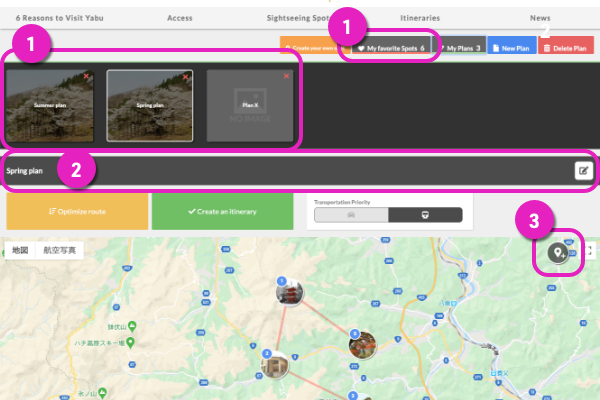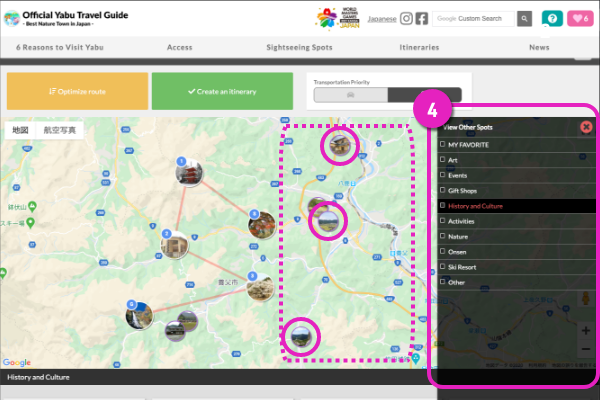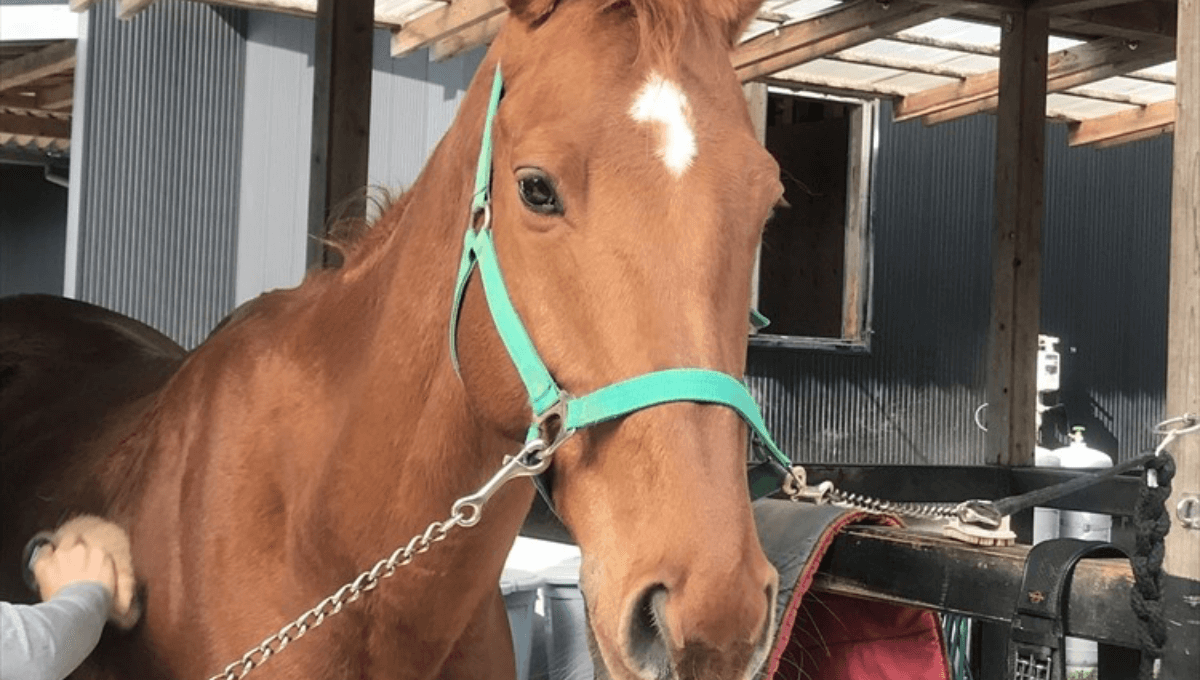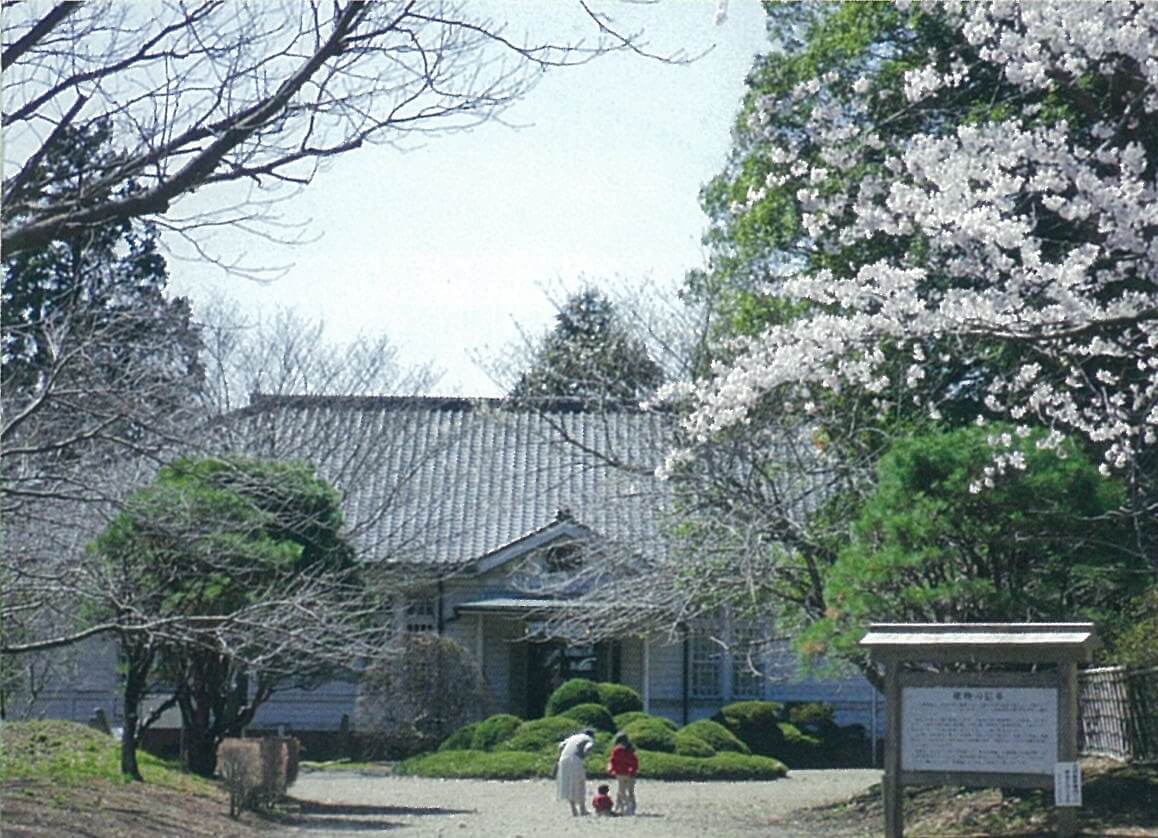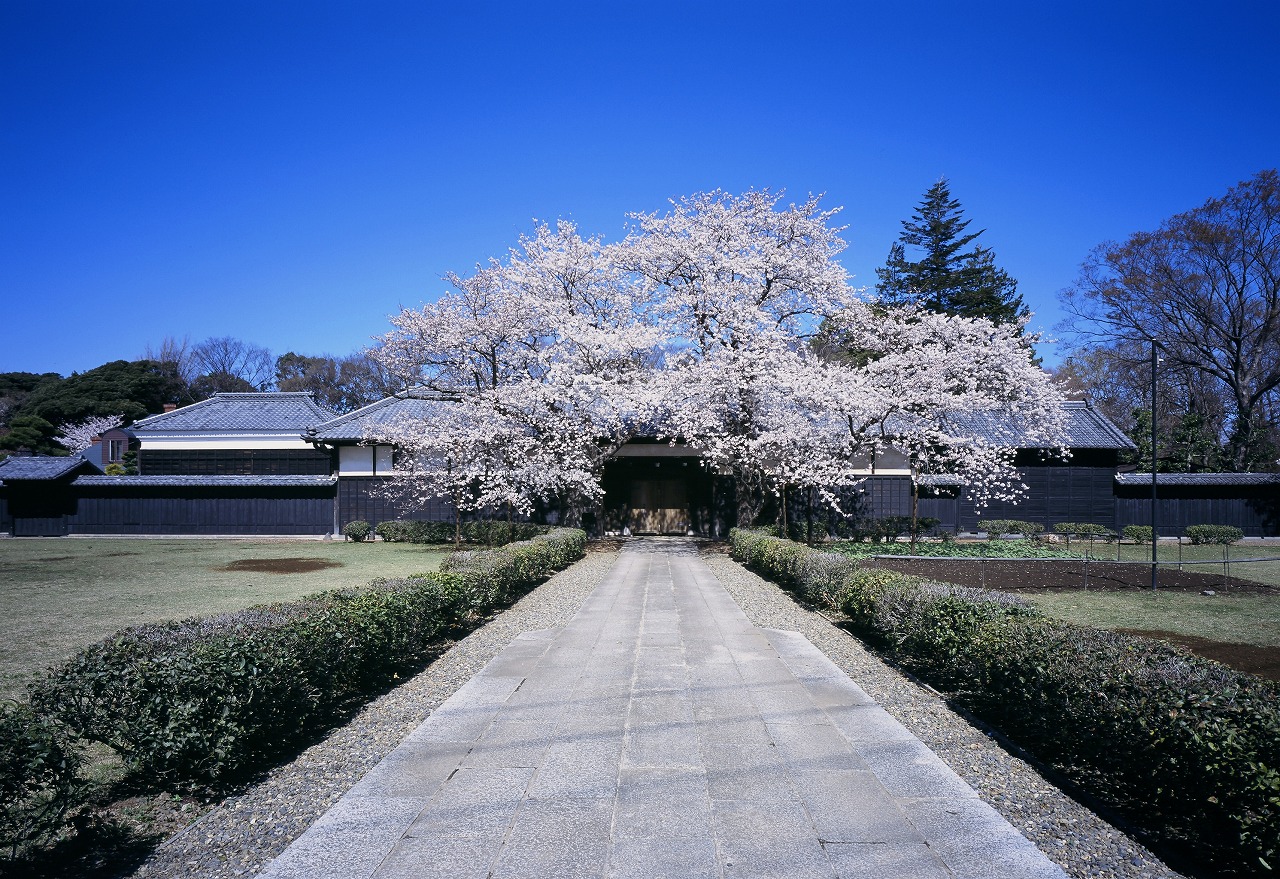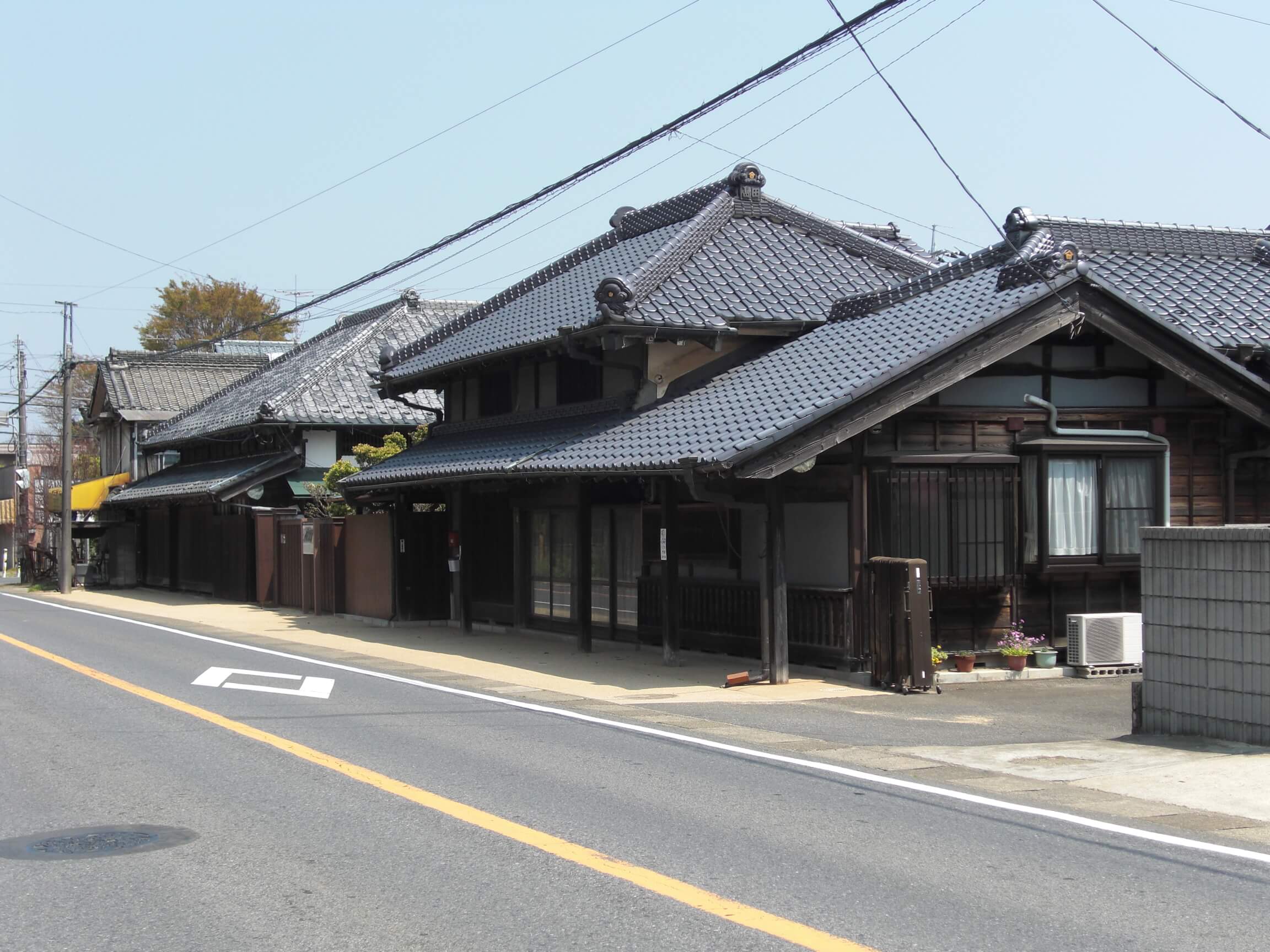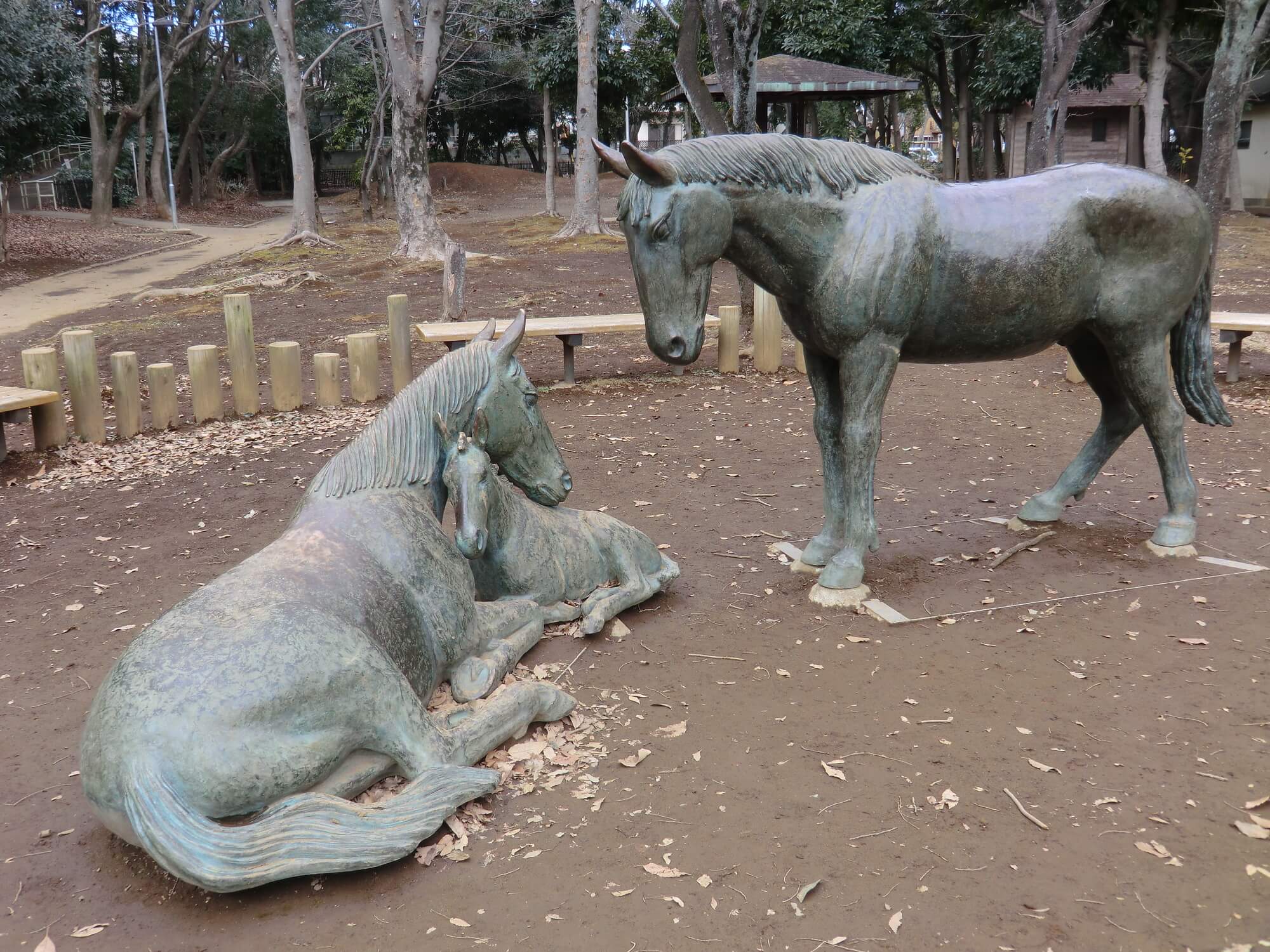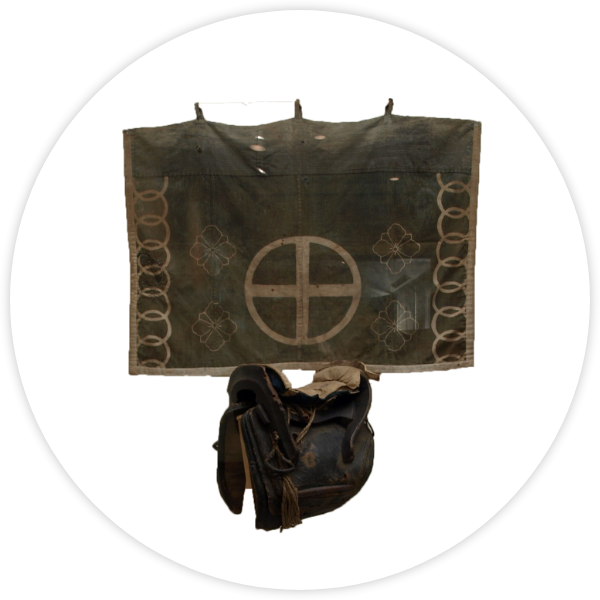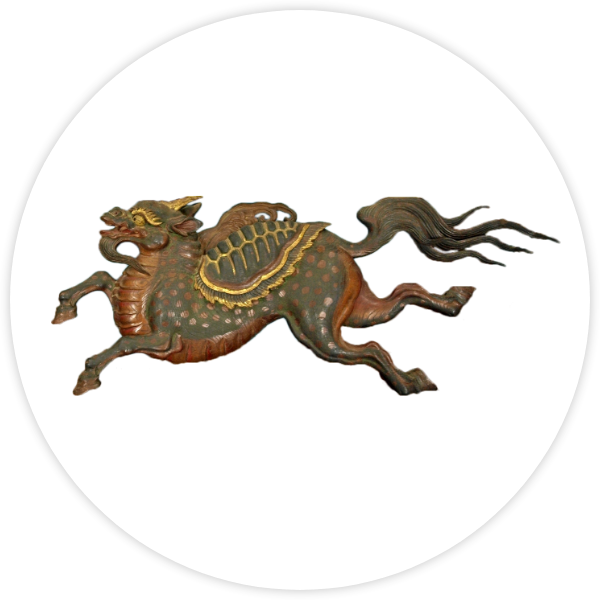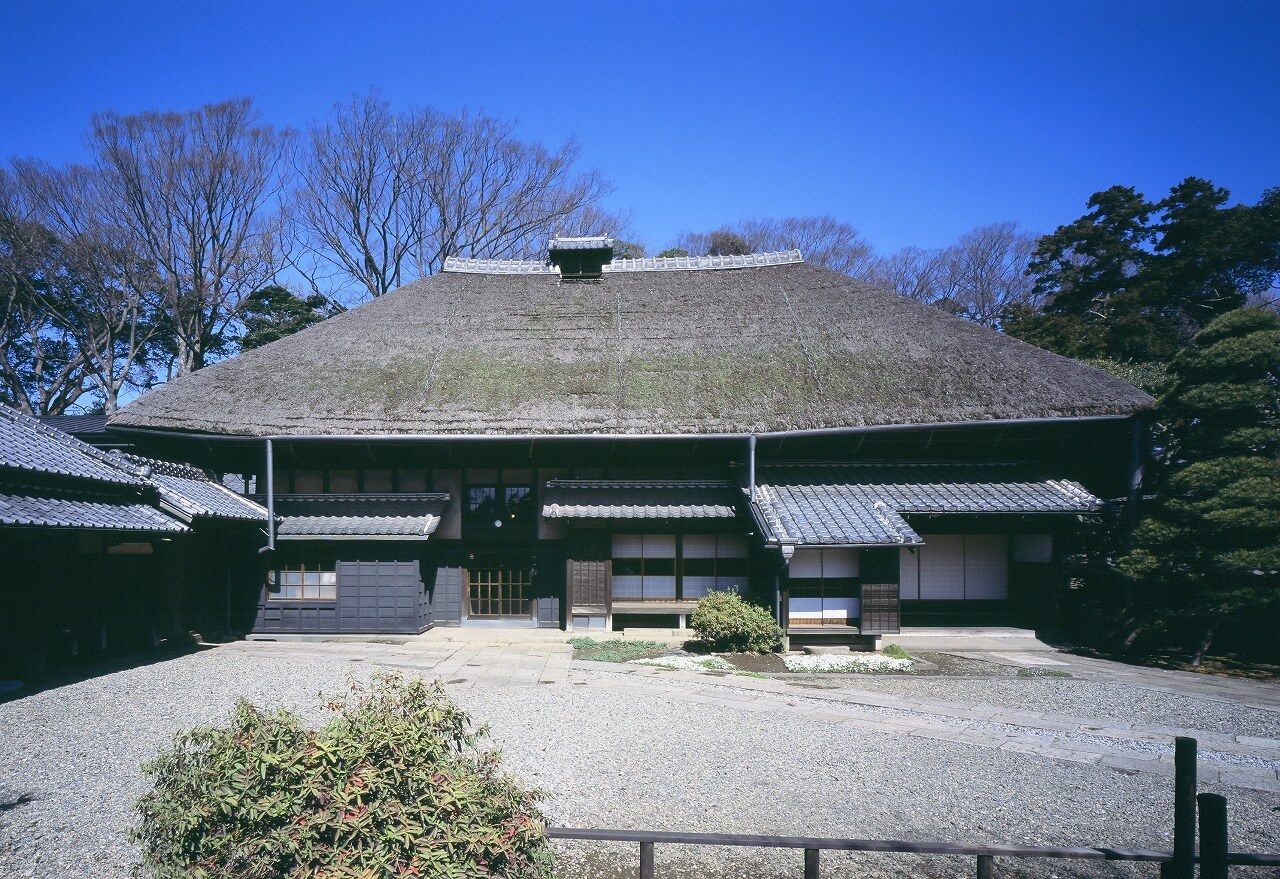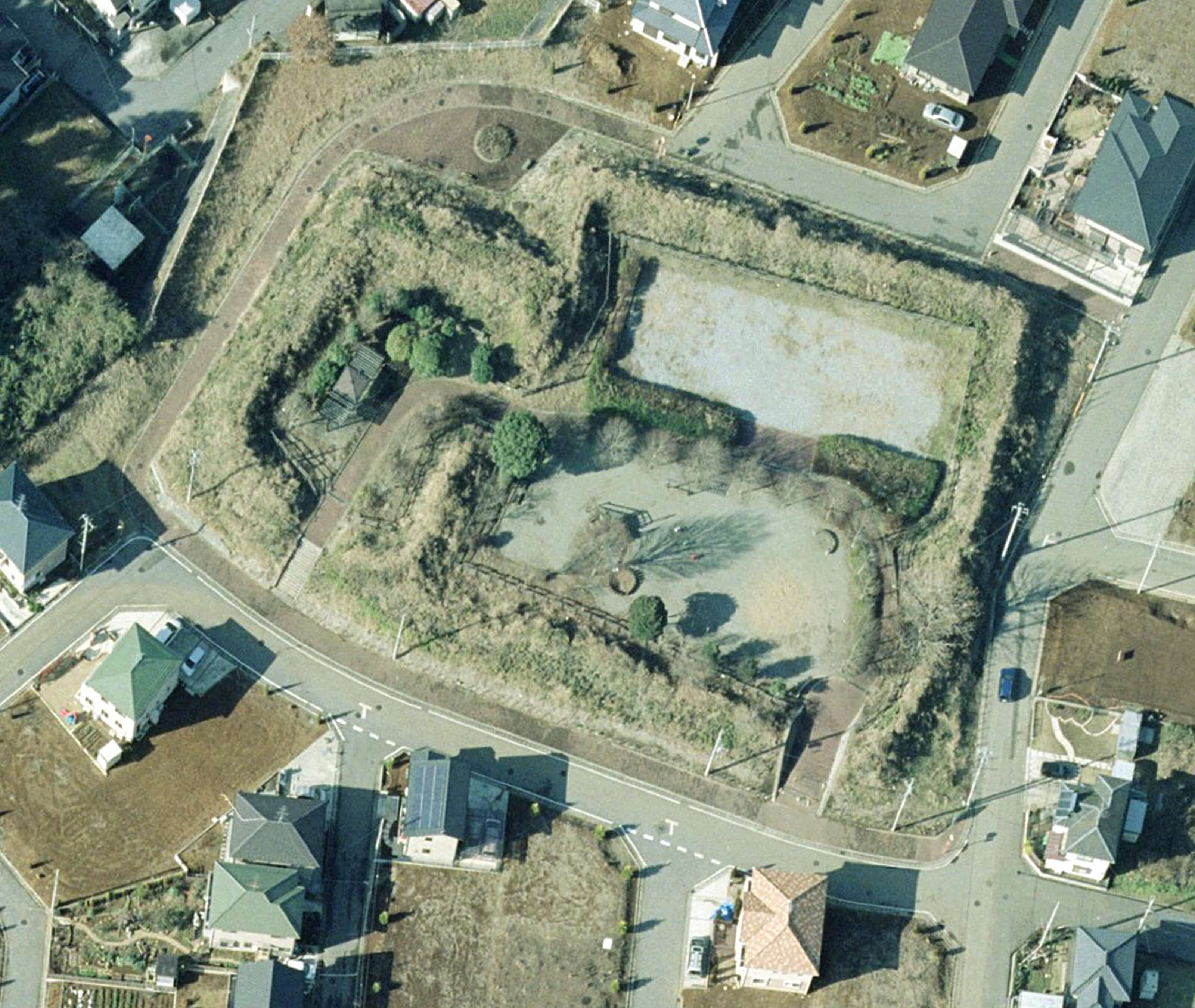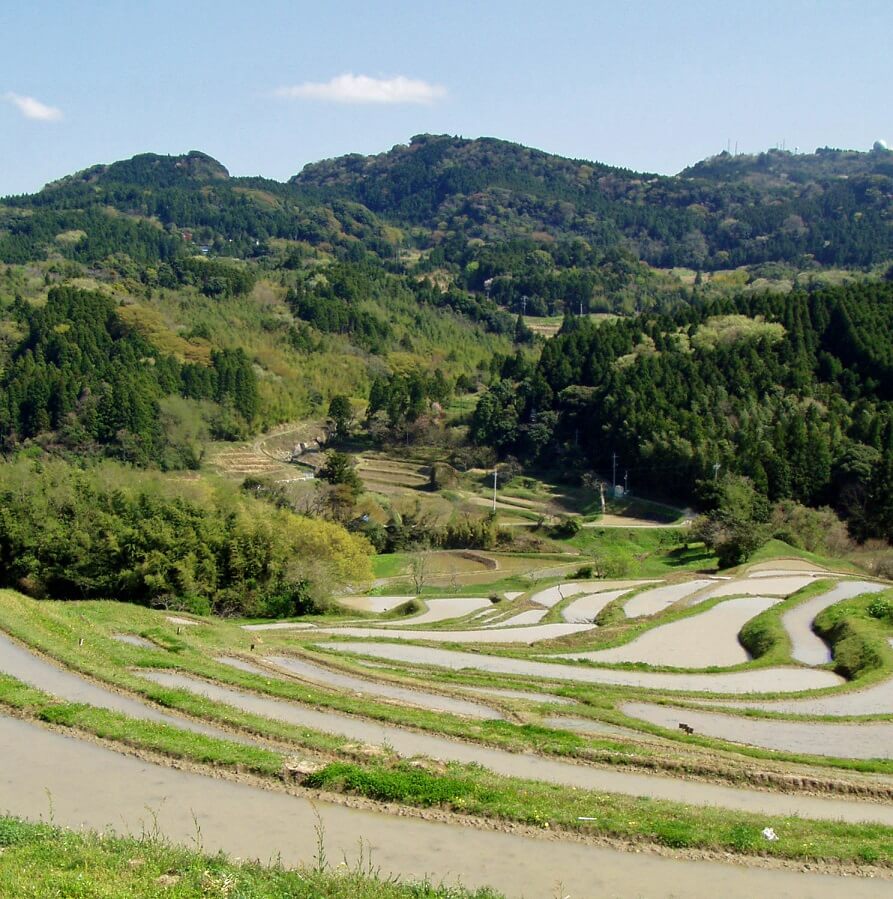

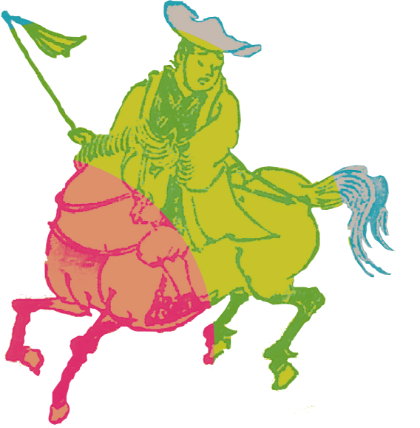
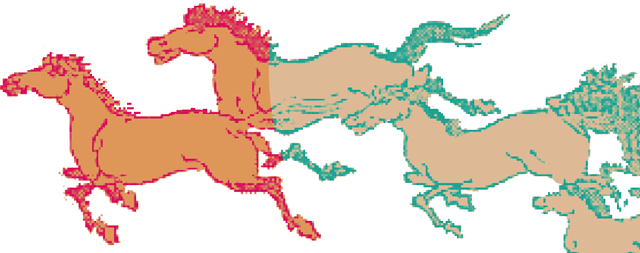
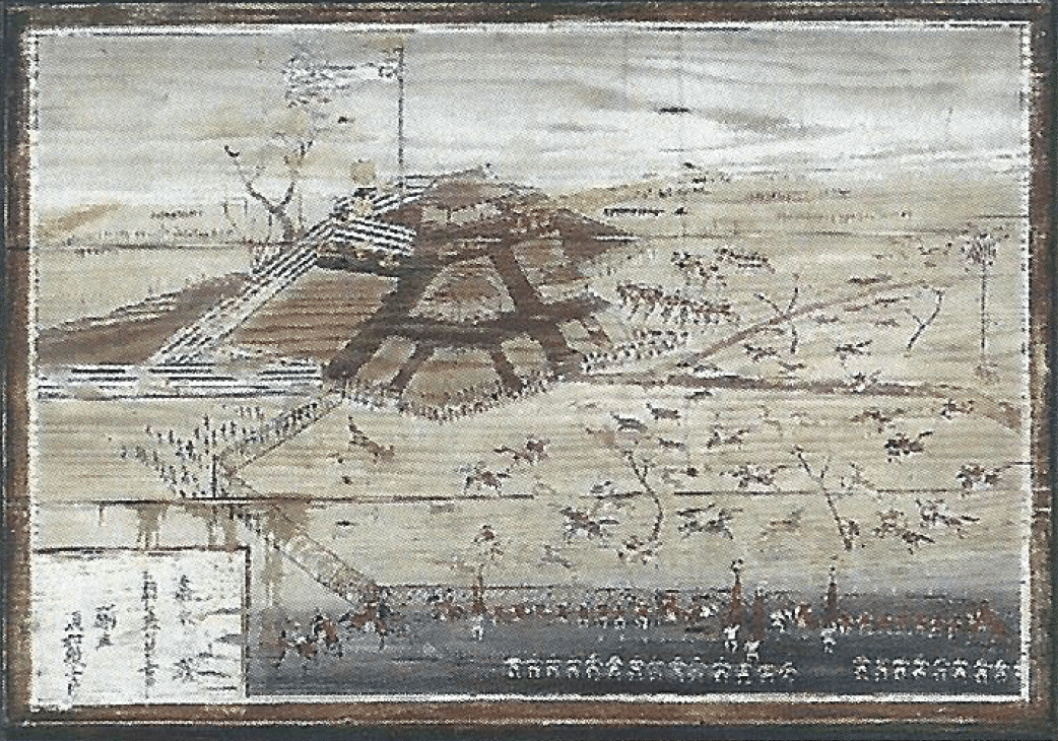

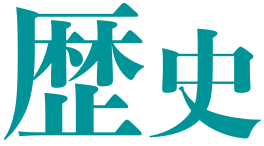
History
The lands of Chiba and Bōsō have been producing large numbers of horses since ancient times. In the Sengoku period, the bushidan (group of samurai) of Bōsō mounted on fine horses nurtured on the lands of Bōsō and wrote history. In the Edo period, this land became the maki (pasture) of the Tokugawa Shogun creating the vast landscape of maki and sources of work. In modern times, the maki of the Tokugawa Shogun became the stage of Fukoku Kyōhei (rich country, strong army). It also became the birthplace of modern agriculture with dairy farming and the like becoming the foundation upon which the Agricultural Kingdom of Chiba was built. Even now, the origins of modern agriculture in history remain deeply engraved in the land of Bōsō.
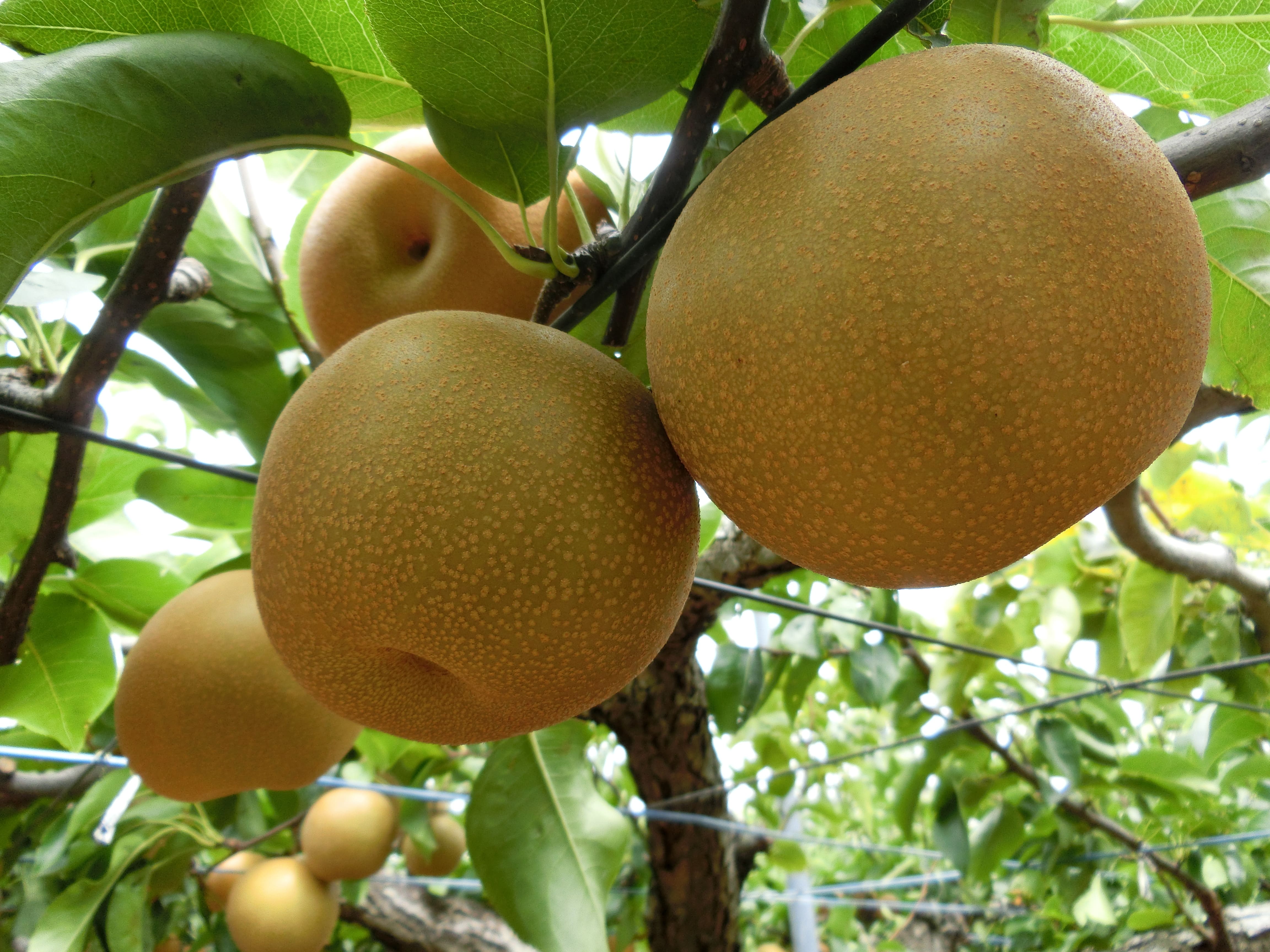


Living
From the Meiji period, the extensive bamaki (horse pastures) of the Tokugawa Shogun became the stage of Fukoku Kyōhei (rich country, strong army). It also became the birthplace of modern agriculture with dairy farming and the like becoming the foundation upon which the Agricultural Kingdom of Chiba was built. The symbols of Chiba including the pear orchards of Tokatsu and bocchi on peanut farms of Hokusō as well as pastures with horses and cows grazing on grass are scenes of daily life. Important facilities that support daily life such as industrial parks, the large-scale new town and Narita International Airport, which were built on cultivated land of bamaki, all have a historical background related to the bamaki of the Tokugawa Shōgun.
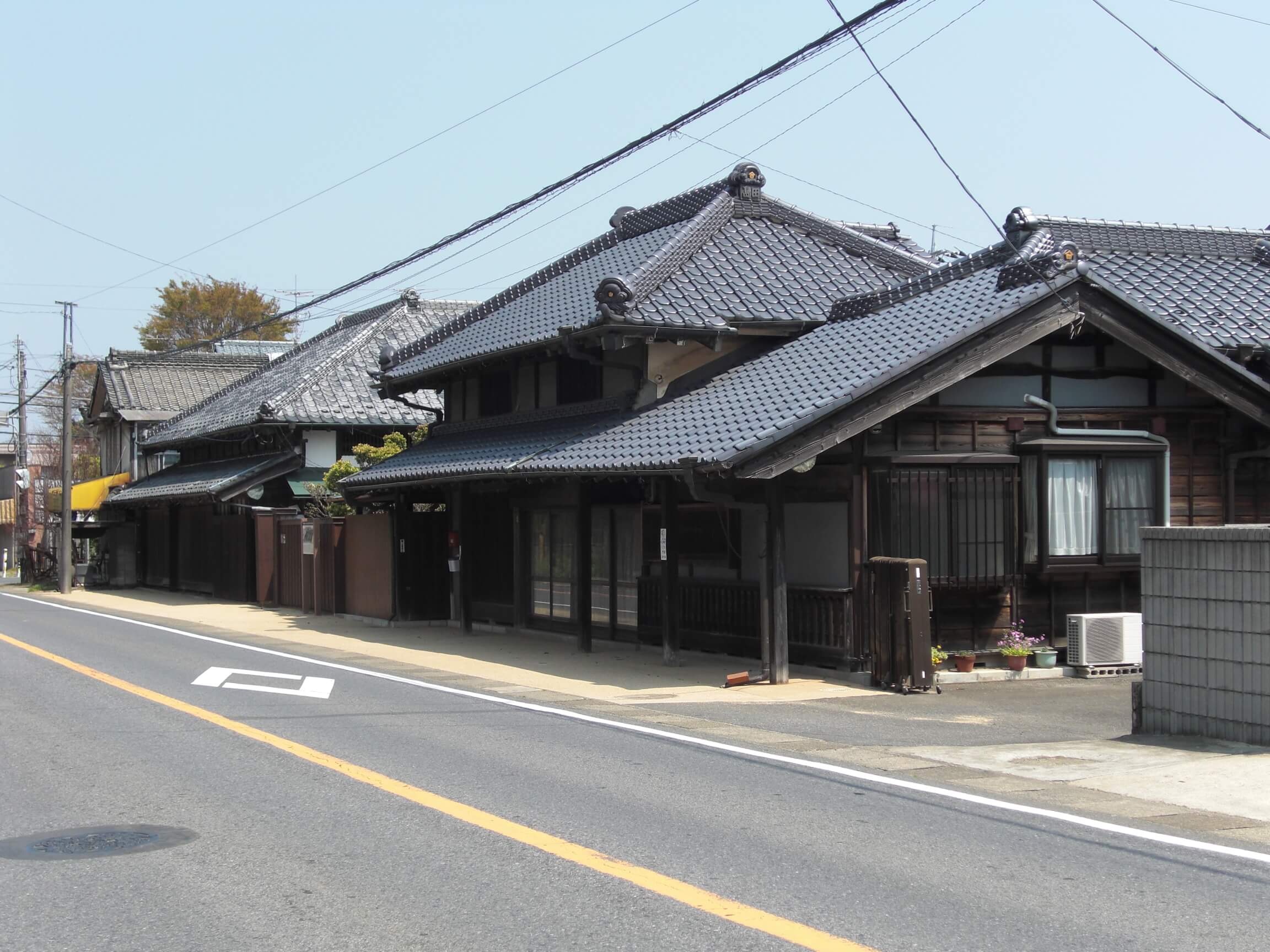

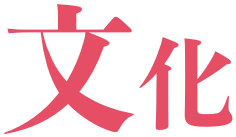
Culture
The bamaki (horse pastures) of Bōsō consisted of “Koganemaki”, “Sakuramaki” and “Mineokamaki”. Managing government offices and approximately 500 villages called “notsukemura” were ordered to help. Although it was a heavy burden for villages, the vast lands of maki (pastures) with trees, undergrowth and wild plants were sold to the villages. Both the maki and villages supported one another. Products of work with maki can be seen today, such as the several hundreds of sekibutsu (stone image of Buddha) of Bato Kannon, Gozu Kannon and others erected on roadsides, as well as horse related events. The maki of the Tokugawa Shogun left behind the unique culture and customs related to maki, deeply rooted in the lives of the people of Bōsō.
Maki in Boso
Boso-no-Maki
During the Edo Period the Tokugawa Shogunate had three great ranches, or "mamaki" for raising war horses – Kogane-maki , Sakura-maki , and Mineoka-maki. Kogane-maki was located in Shimosōdaichi, northwest Chiba. During the late Edo Period, Kogane-maki was the general term covering grazing land stretching across the Takatadai, Ueno, Nakano, Shimono, and Inzai areas. The pasture land extended across an area that now encompasses present day Kashiwa , Matsudo, Kamagaya , Funabashi, and Inzai. Sakura-maki was located in the lower north east of the prefecture on parts of Shisui, Yachimata, Tomisato, Narita, Katori which spread over the Shimosō Plateau as well as Tako, Sanmu and Tōgane, and during the middle Edo Period was comprised of 7 ranches, including Omago, Uchino, Yanagisawa, Katori, Takano, Yahagi, and Aburata. Mineoka-maki was located in the south of the prefecture. and during the late Edo Period, consisted of Mineoka-maki with five sections and Hashiragi-maki.The pasture land extended across an area that now encompasses present day Kamogawa and Minami-bōsō city.
